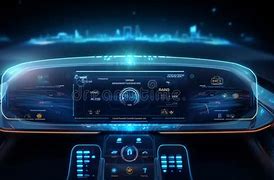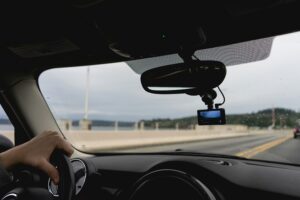The interior design of cars has undergone a radical transformation in the last decade. A trend-setting example was the launch of the Tesla Model 3 in 2017, whose proposal for extreme minimalism left behind traditional controls. The large central screen eliminated physical buttons, integrating the infotainment system and essential vehicle functions in one place.This decision not only revolutionized aesthetics but also inaugurated an era in which screens began to dominate the interiors of cars, spreading as a trend that today marks the industry. However, this obsession with digital surfaces is beginning to face resistance: manufacturers seem to have understood that, at the wheel, the practicality of a physical button is hard to surpass.The reassessment of traditional controls has been driven, in part, by safety studies. Euro NCAP, one of the most influential institutions in the evaluation of vehicle safety.
The revaluation of traditional controls has been driven, in part, by security studies. Euro NCAP, one of the most influential institutions in automotive risk assessment, warned about the dangers associated with the exclusive use of screens. While some brands are reconsidering the return of buttons, others are already looking beyond touch screens. In this context, Hyundai and the German company Zeiss have joined forces to take technological advancements to the next level: the development of windshields with integrated holographic displays, with mass production scheduled for 2027.




